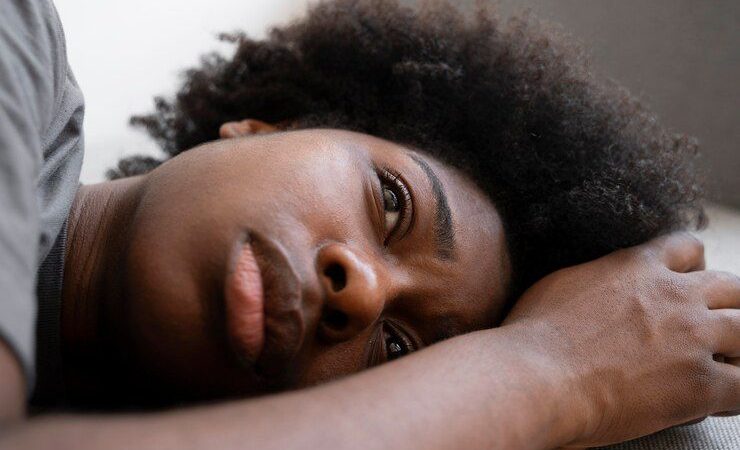Learning to Cry: Healing Beyond the Social Media Spotlight
Is it a thirst for likes, a gimmick, or something deeper? Scroll through social media today, and you will find the Tamale Mirundi Jr. and Kasuku feud dominating feeds. The stories are everywhere.
Some break your heart, some make you laugh, some reveal sides of people you never knew, and some push others to take sides.
But behind all of this lies a truth we rarely acknowledge: many lives involved have not truly healed.
We often fail to notice emotional breakdowns in ourselves and in others. Healing is neither simple nor immediate. Pain that is ignored or suppressed rarely disappears.
Instead, it lingers, transforming into bitterness, self-pity, resentment, and misplaced blame.
Even those trying to support us can feel the weight of unprocessed hurt.
In Uganda, people are often encouraged to cry as much as they can during funerals because it helps release the depth of pain and begin the path to closure.
Social media, however, can make expressing grief feel embarrassing.
There is pressure to cry as if in a scene straight out of a movie or reality TV show. But sometimes, pain cannot be Kardashian-ed away.
Learn to cry if you must. There is no shame in living through your grief. Do not inflict pain on others that you have not allowed yourself to heal from.
There is a reason to pause, to cry, to grieve, and to step away from the noise. Healing is not a performance. It happens quietly, in moments when you face your emotions head on, acknowledge the hurt, and give yourself the space to process it fully.
Grief, reflection, and honesty with ourselves are not signs of weakness; they are pathways to understanding, recovery, and growth.
The world will demand strength, but true strength comes from first allowing yourself to feel, to break, and to heal.






